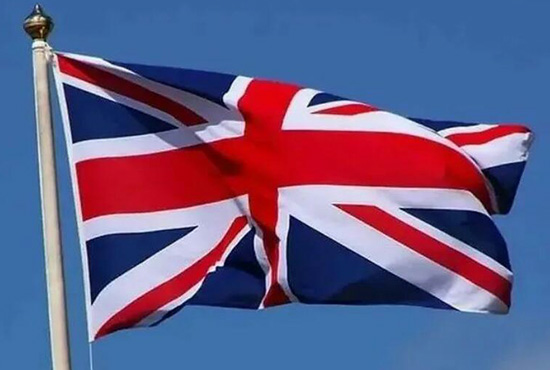Brexit has always been a hot topic in the past few years, but the number of discussions has increased, and the repeated tug-of-wars have made many spectators annoyed. It was not until last year that Britain finally "Brexit" was successful.
After Brexit, the first issue is to rebuild the local market system in the UK, including the carbon trading market. The EU's carbon trading market is currently the world's largest and most mature carbon trading market. It started its initial trial operation in 2005.
It is understood that as of 2019, the coverage area of the EU carbon trading market has reached 45% of the total greenhouse gas emissions. The EU's carbon price is also higher than other countries, and it broke the historical high of 56.43 euros/ton on May 17.

On May 19th, the UK’s national carbon trading market was officially “launched”, and the first carbon allowance license auction was launched on the same day. This marks that the UK has completely left the EU carbon emissions trading market and will fully operate its own carbon emissions trading system in the future.
In the first auction on May 19, the UK carbon price rose to 50.23 pounds/ton, and finally closed at 45.75 pounds/ton. On that day, 14 bidders bought a total of more than 6 million carbon allowances, with an average transaction price of £43.99/ton.
1.The government guarantees the reserve price and allows individuals to open an account.
Although the UK's carbon trading market is derived from the EU carbon trading market, the two are not exactly the same. The biggest difference is that the UK has set a floor price for carbon trading. It is stipulated that the price per ton of carbon emission allowance shall not be less than 22 pounds. At the same time, the British government stated that the carbon price will increase year by year, and will increase to 70 pounds by 2030.
In addition, regarding the scope of participants, it is reported that as long as individuals and institutions with no bad records can open an account in the British National Carbon Allowance Register, participate in allowance auctions and secondary market transactions.
2.The carbon trading market is too small and raises concerns.
In the eyes of opponents, setting a price bottom line will hinder the self-regulation ability of the carbon trading market. Compared with the huge EU carbon trading market, the UK carbon trading market is smaller and less able to resist risks. "The EU carbon market, which has been in operation for many years, has already matured, and its size can allow participants to hedge risks several years in advance. Compared with this, the UK carbon trading, which has just started, has too weak liquidity." Some researchers said.
It is understood that the current carbon emission quota limit set by the United Kingdom is 156 million tons, but the actual demand is about 97 million tons. Traders and analysts generally believe that the UK carbon price may rise sharply at the beginning of the transaction due to strong demand and limited quotas. However, Bloomberg New Energy Finance analyst Bo Qin believes: "This year is the first year of operation. The British government will also work hard to ensure the effectiveness of the carbon market, so the carbon price will not be too high or too low."

